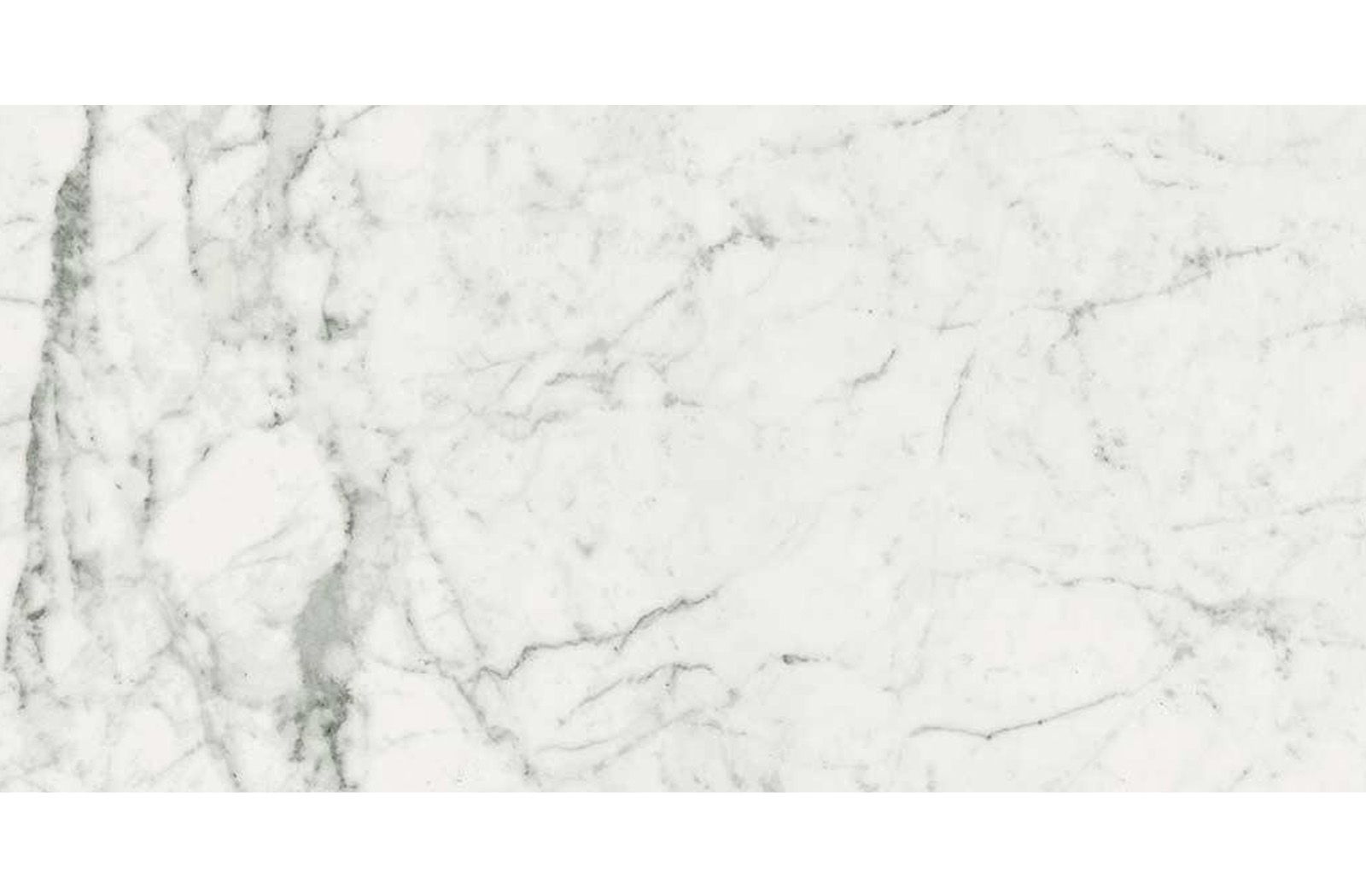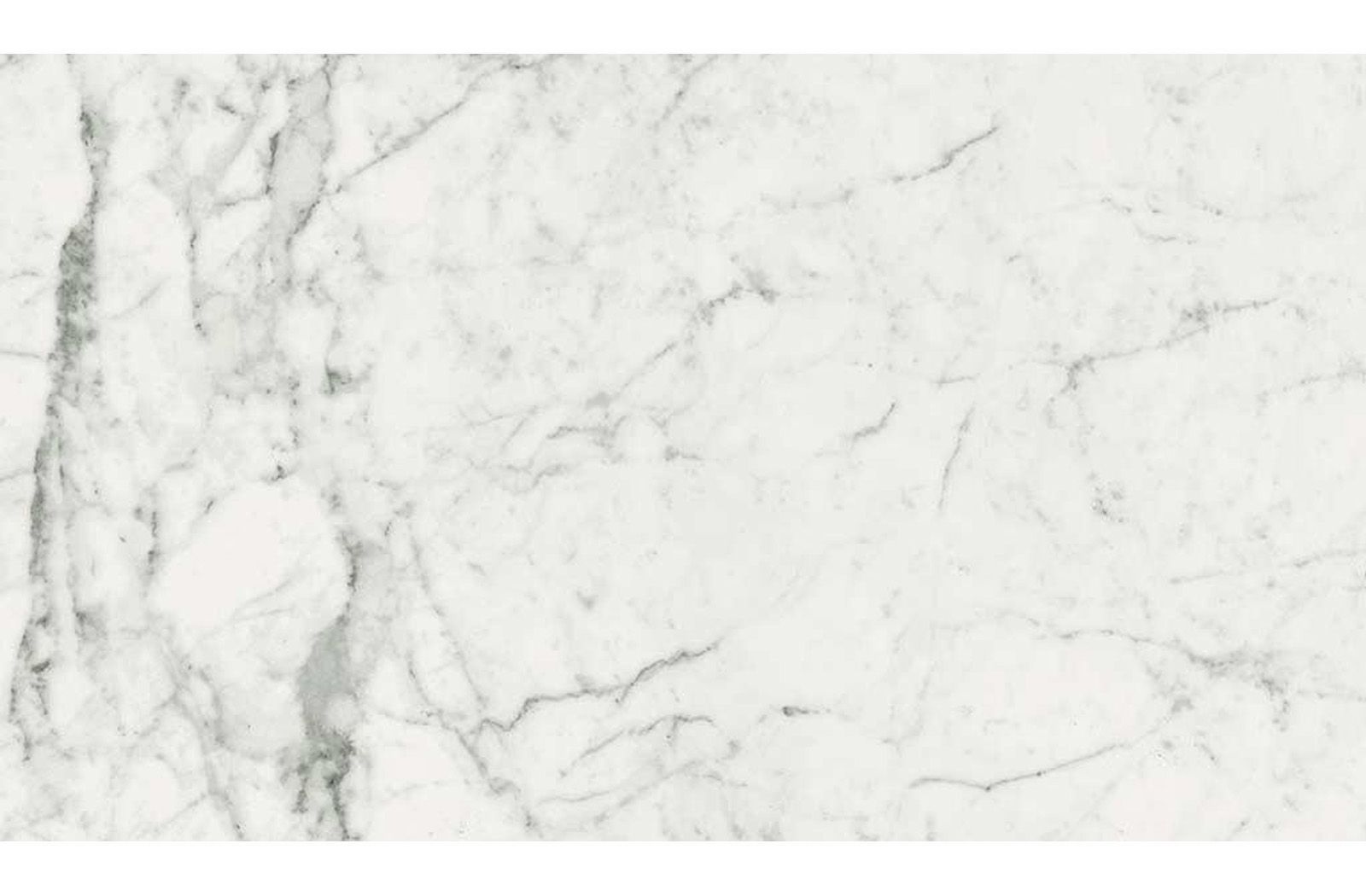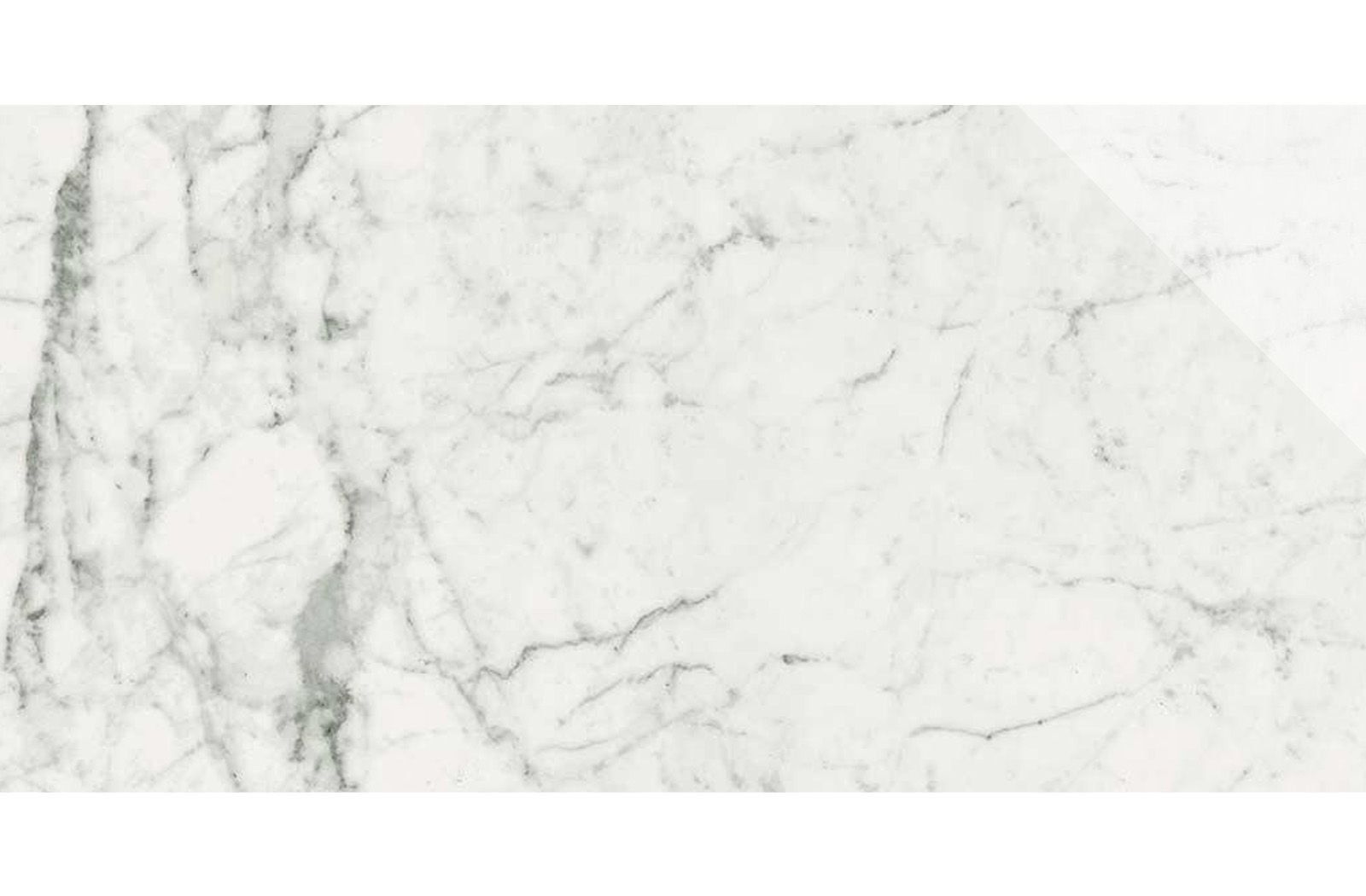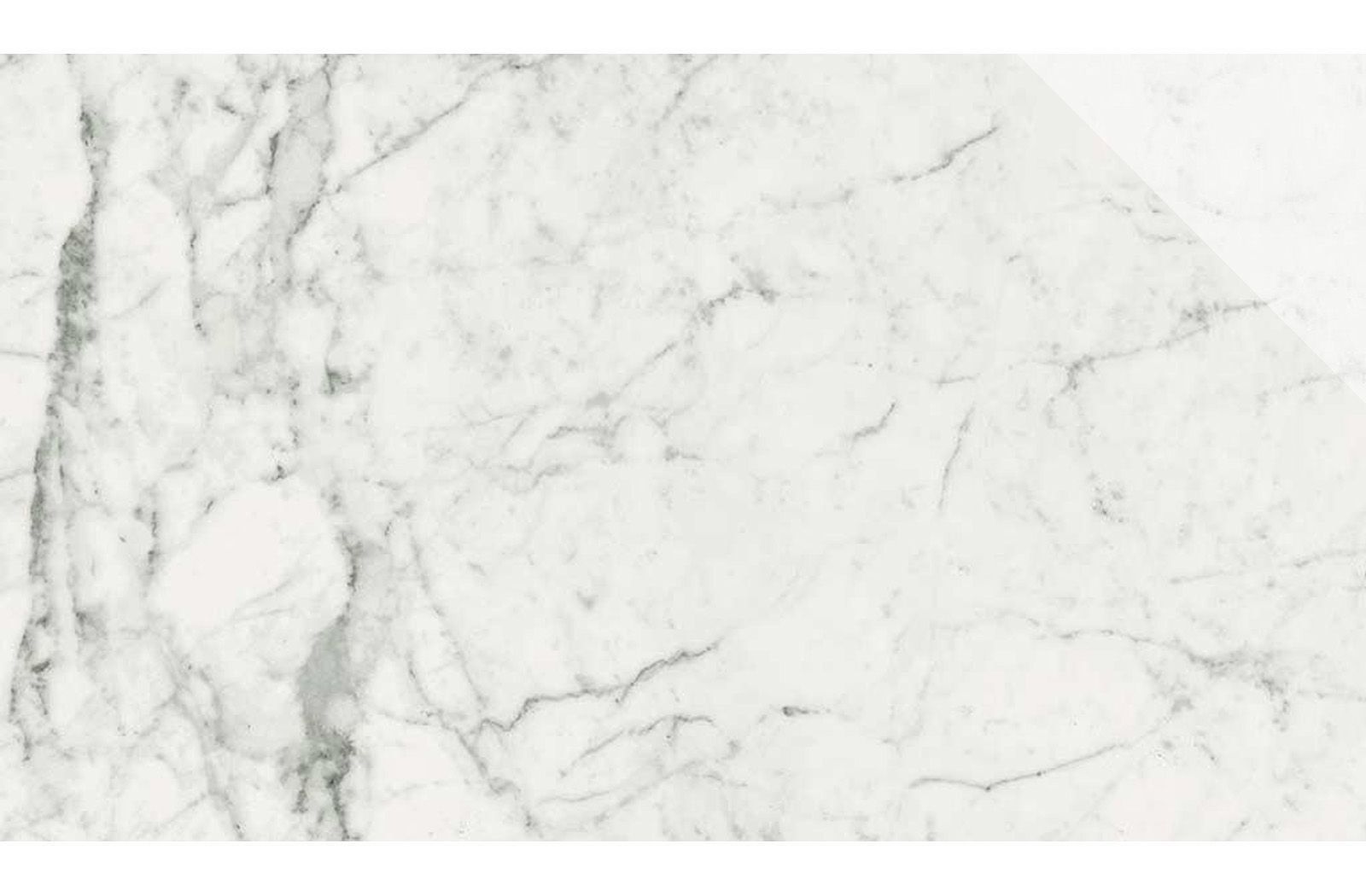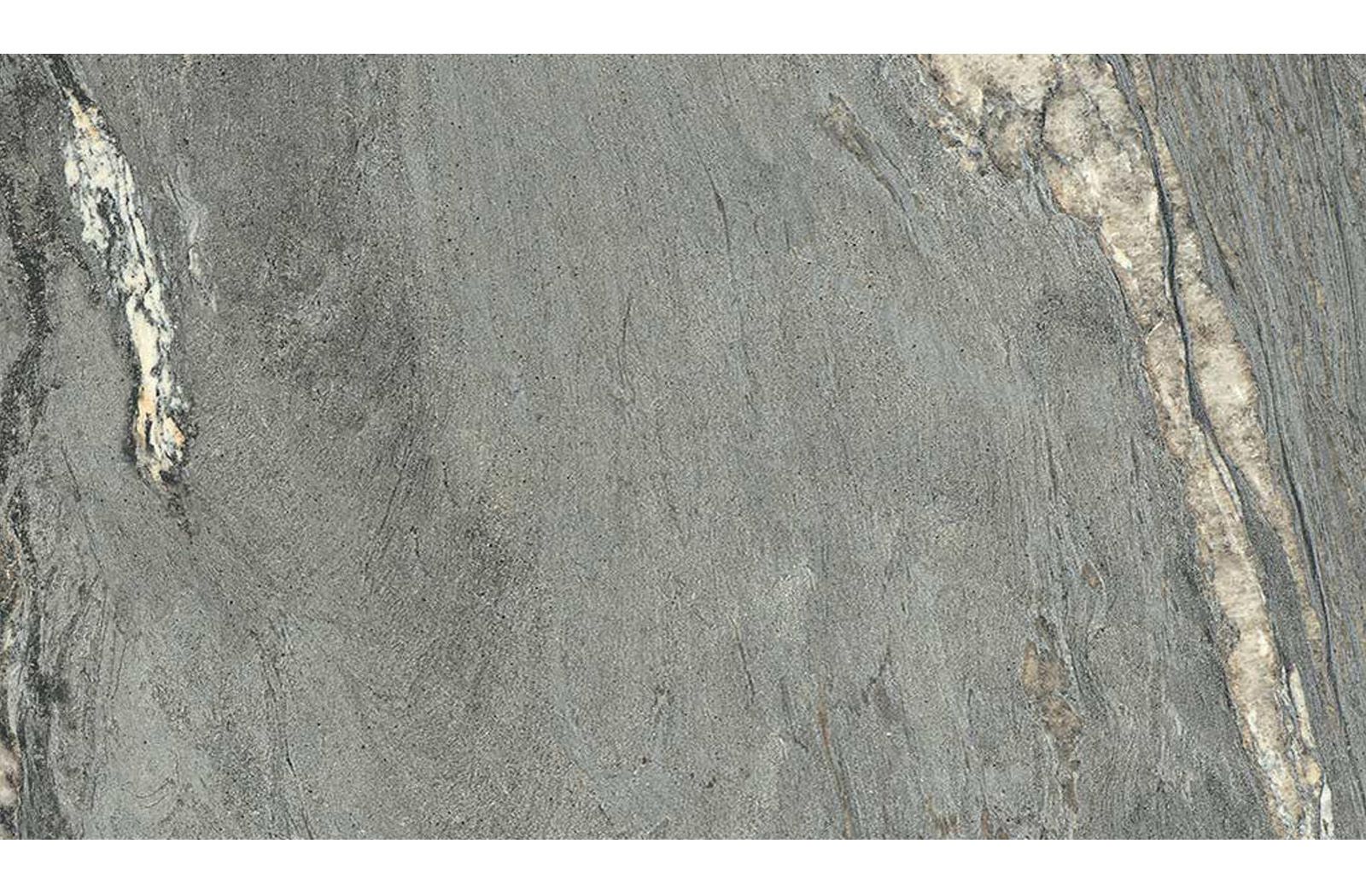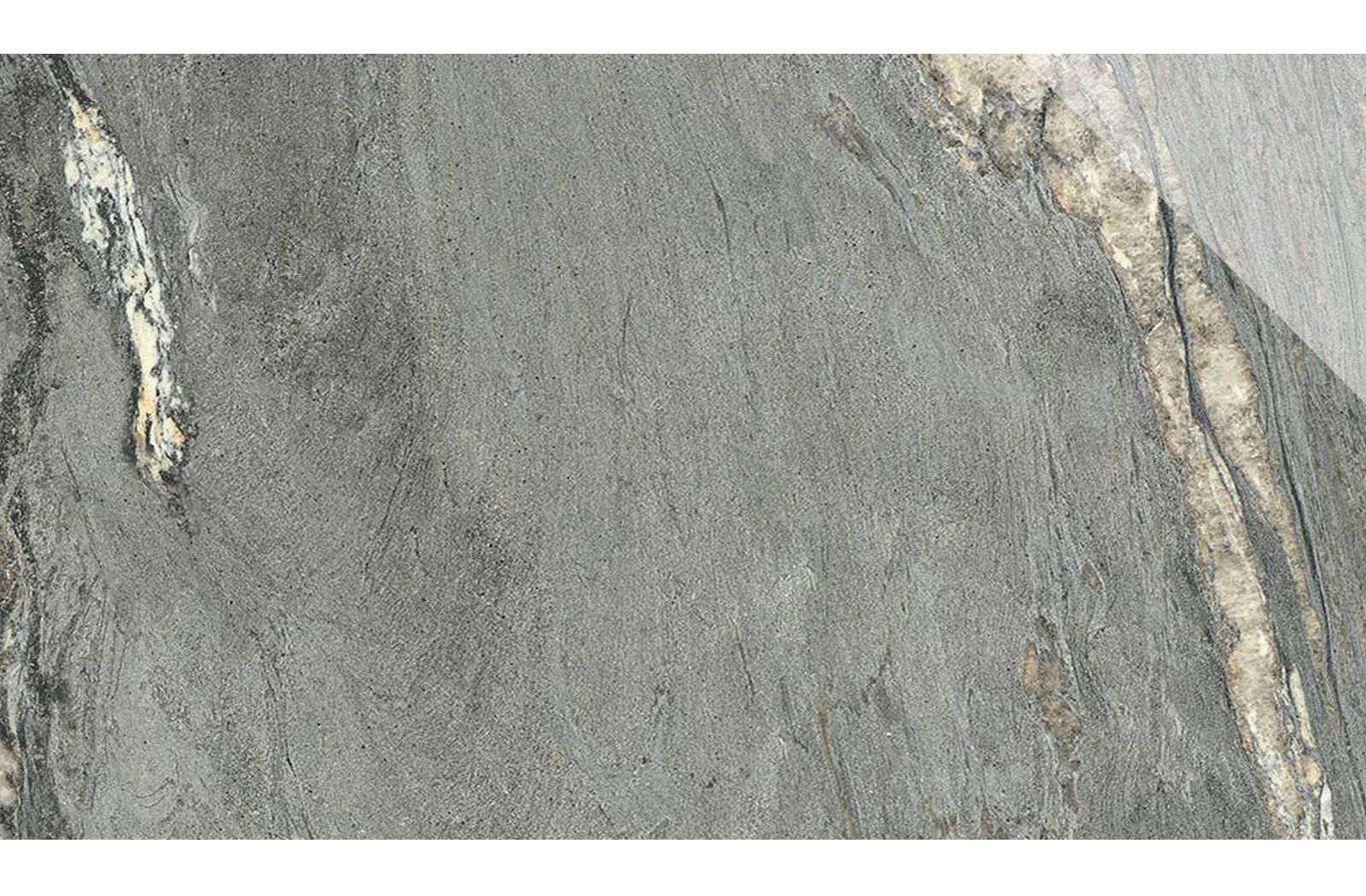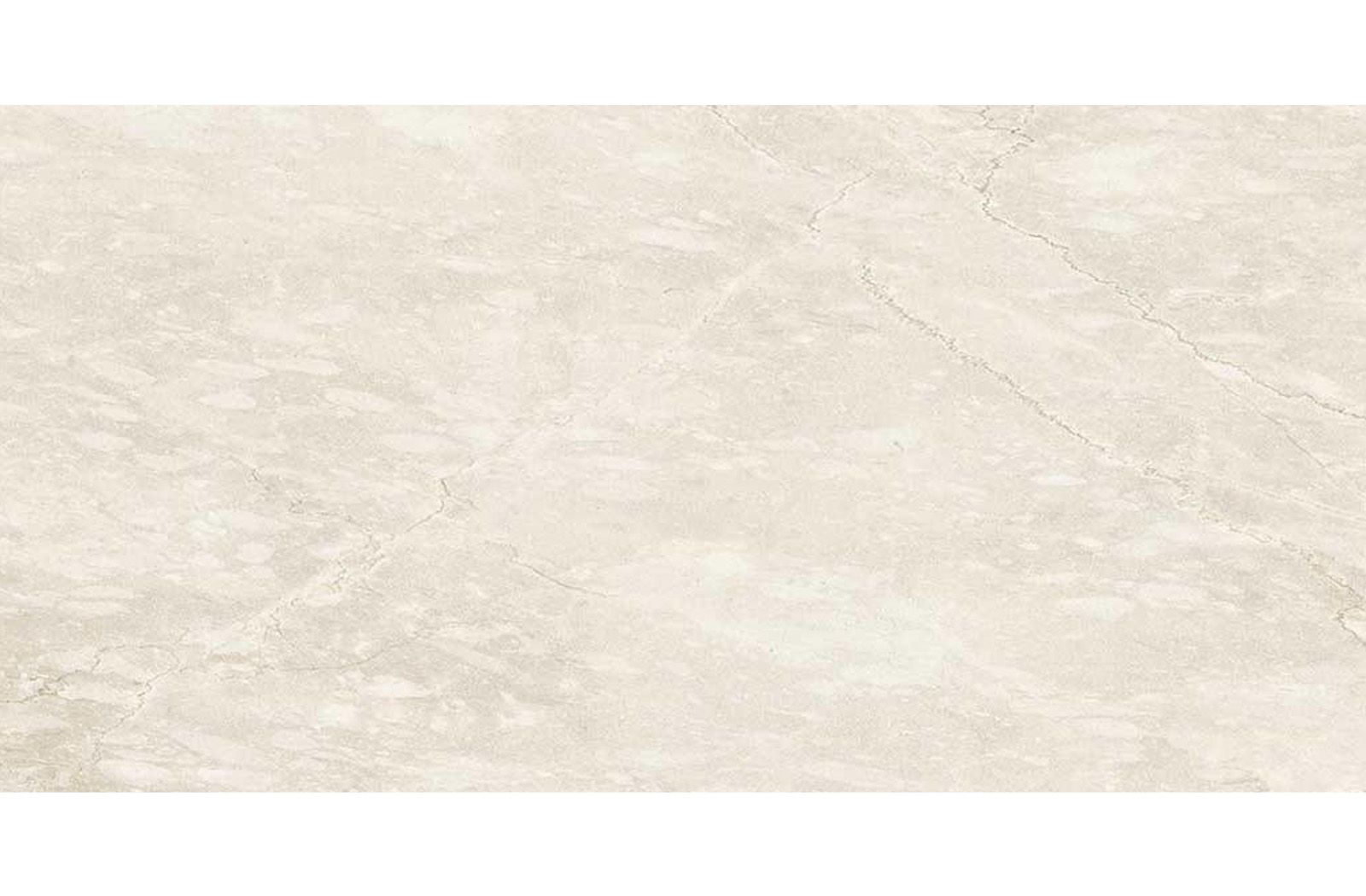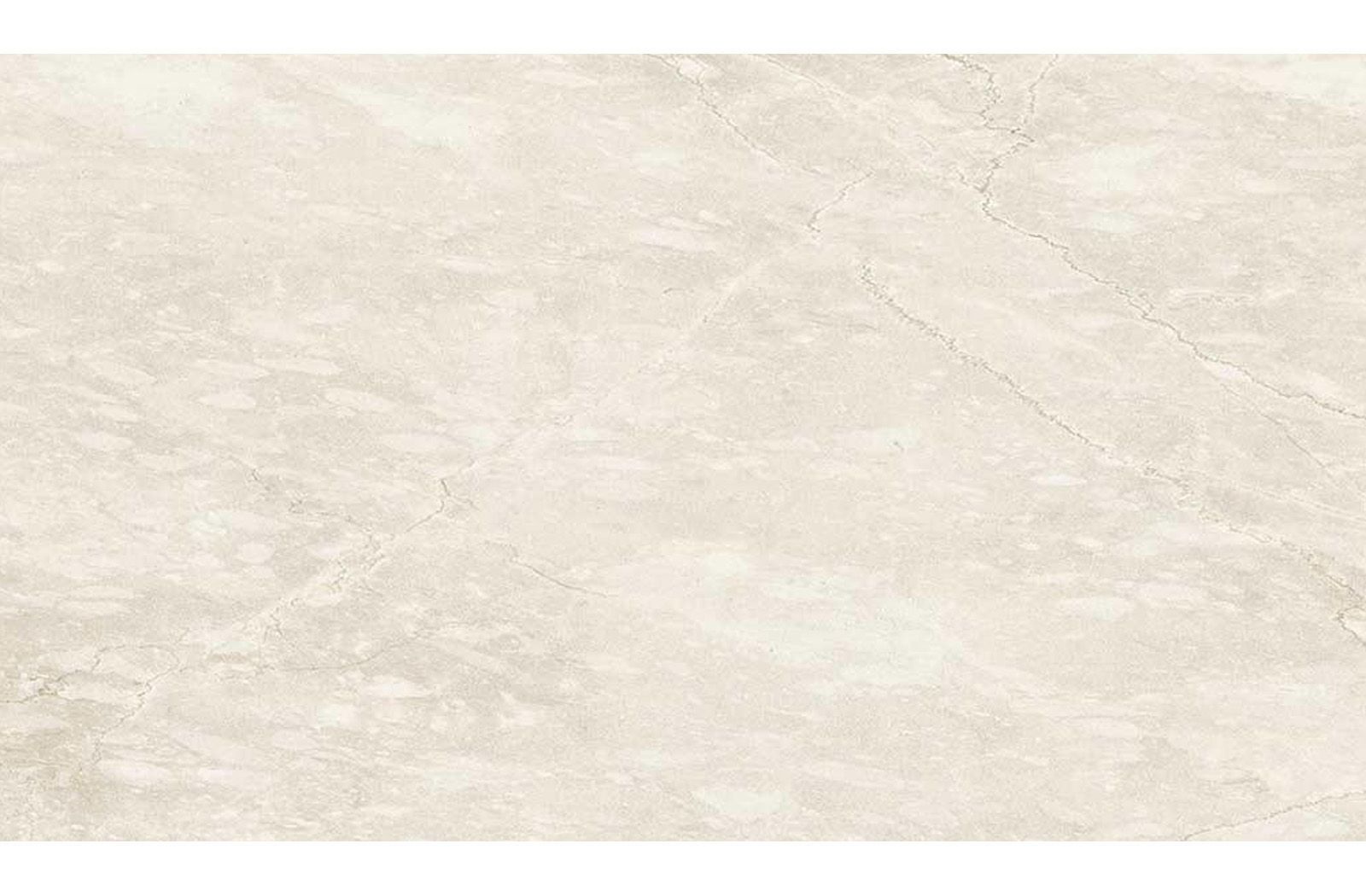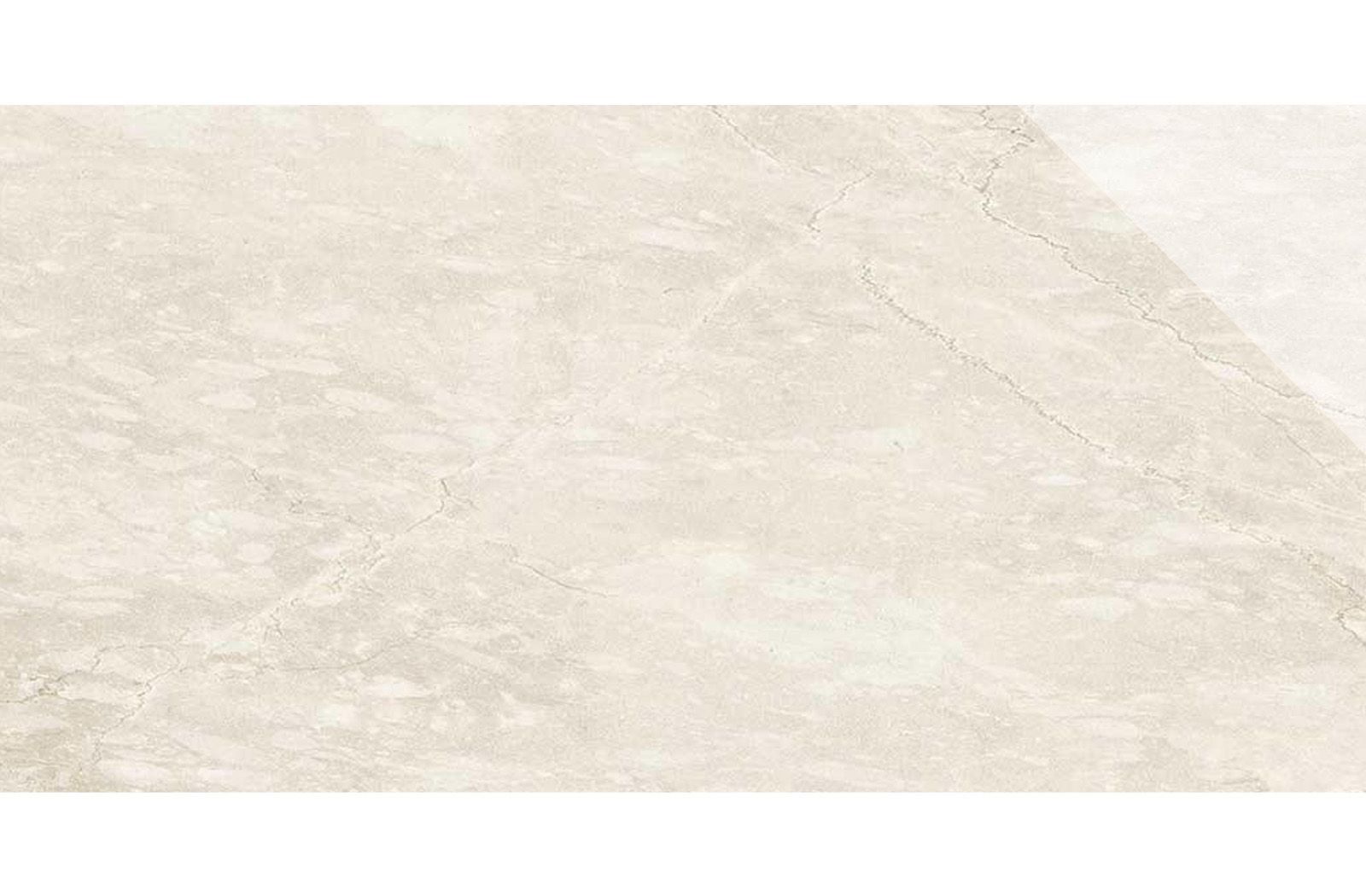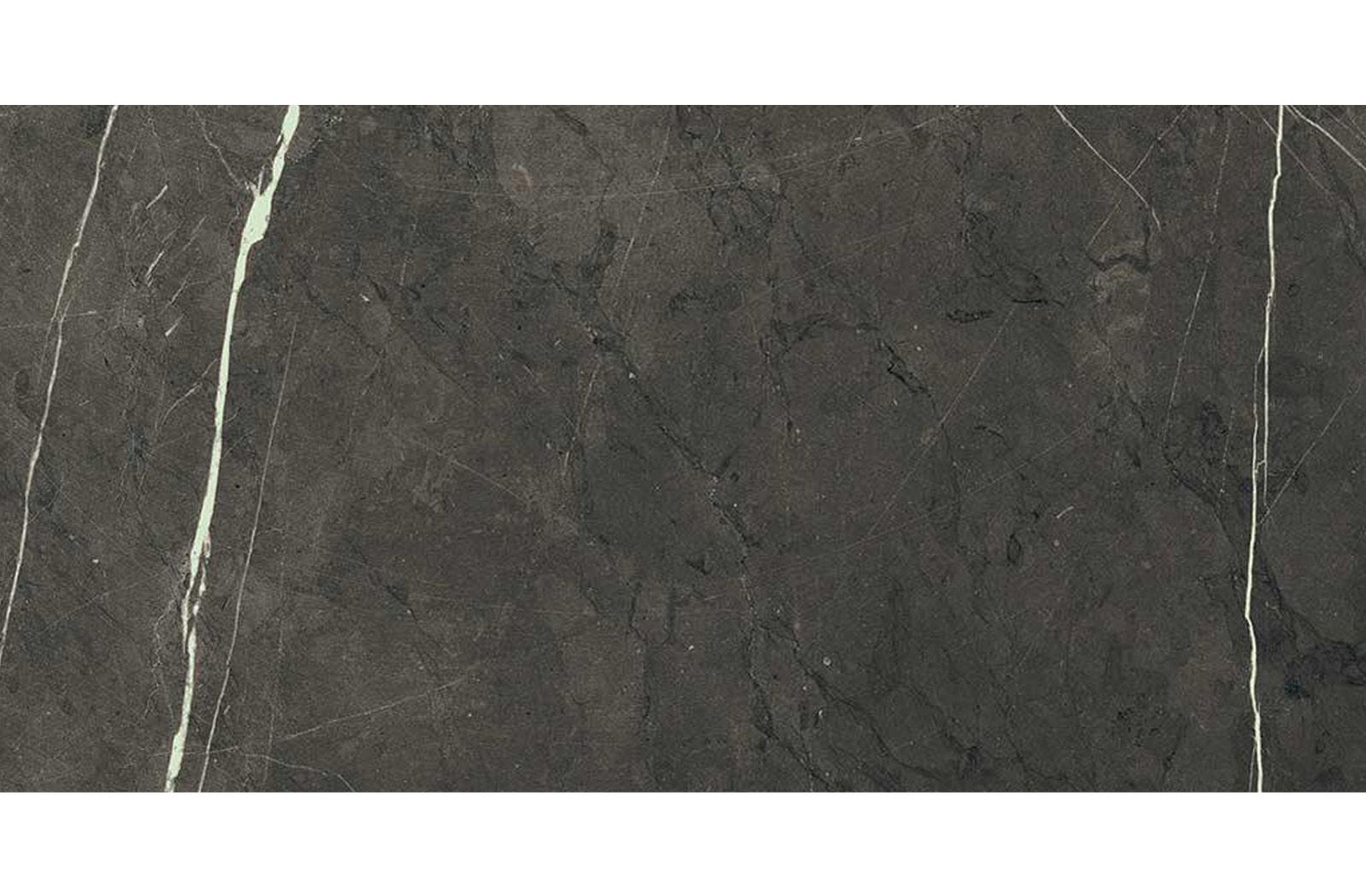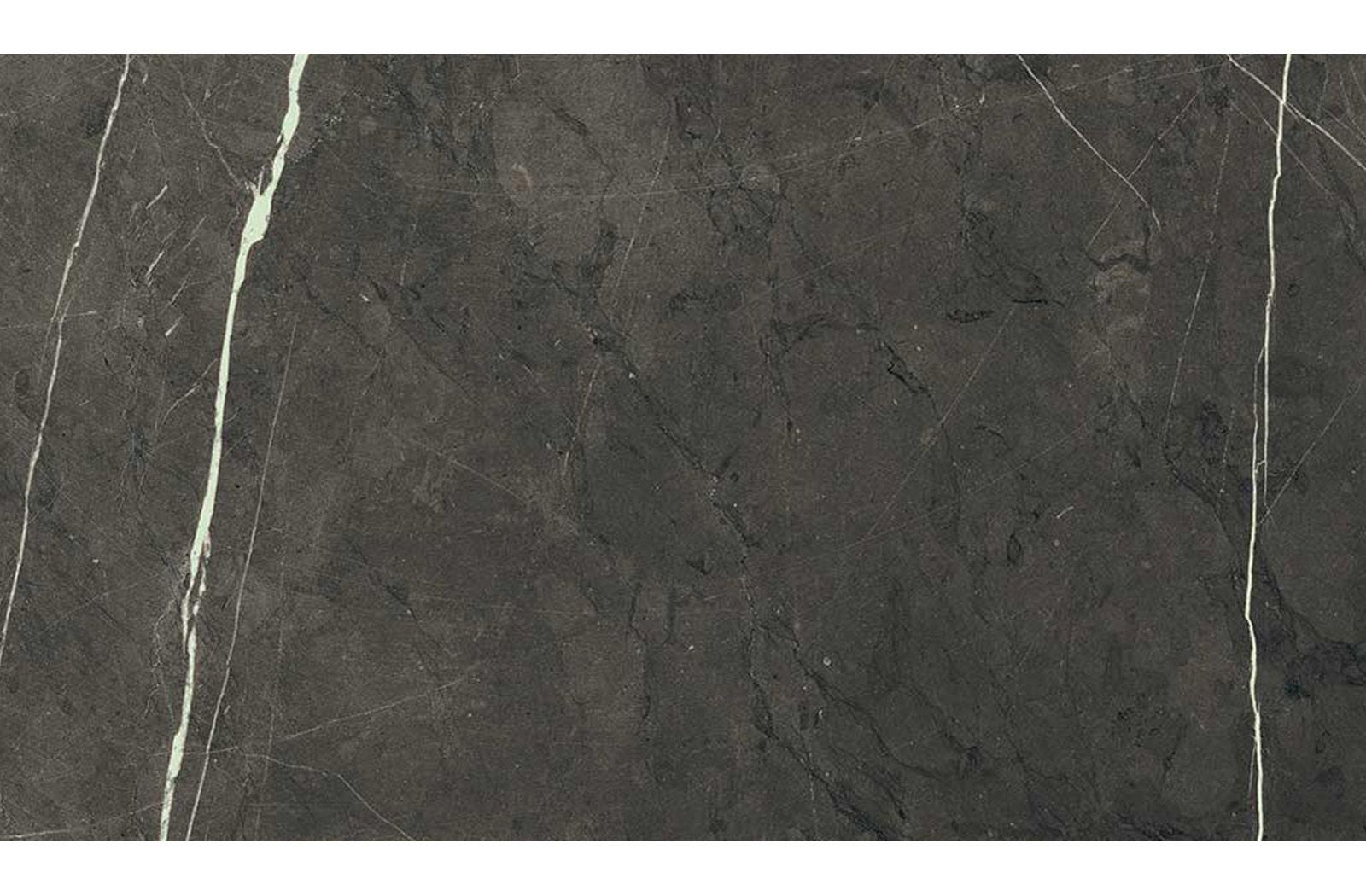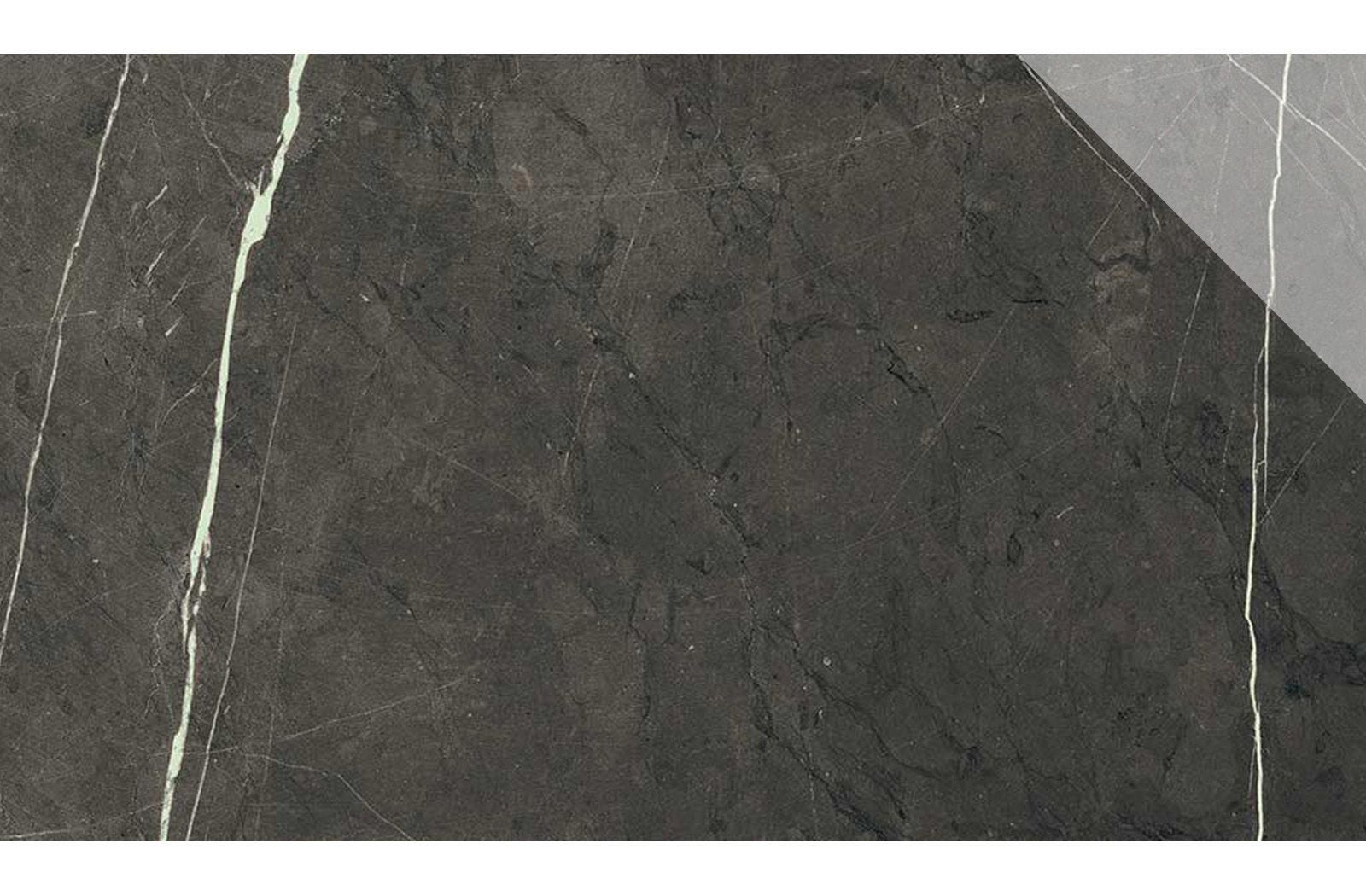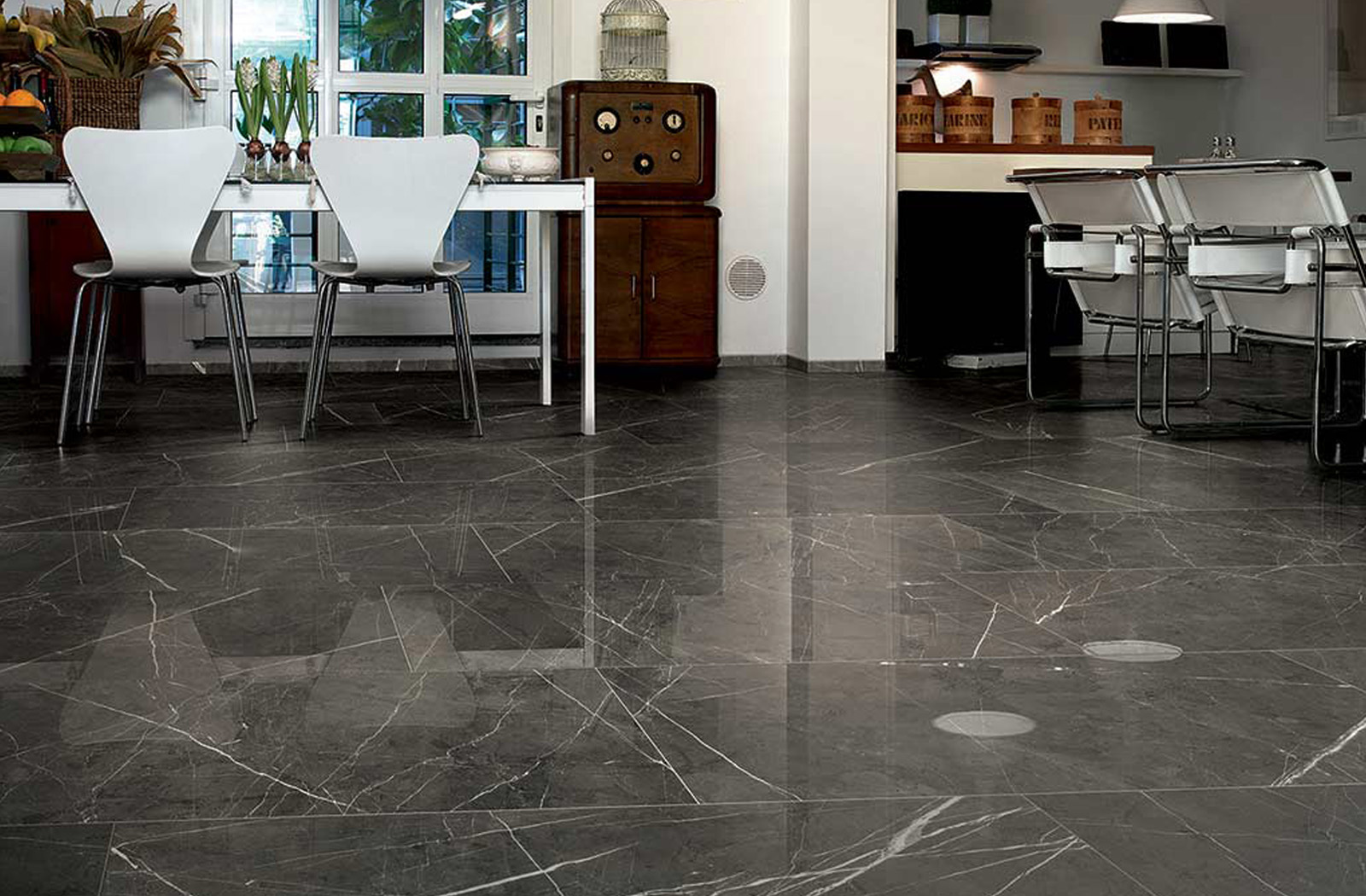Rue De St Cloud
// Extended till 30 September 2024. While stocks last, terms and conditions apply. Hafary reserves the right to change these prices without prior notice. Prices subject to GST. For more information, email us at enquiry@hafary.com.sg //
Rue De St Cloud porcelain tile collection is inspired by the ancient cobblestones that lead from Lyons to Paris, by the historical charm of old, weathered stone, by its imperfections that become aesthetic qualities. Suitable for wall and floor application.
